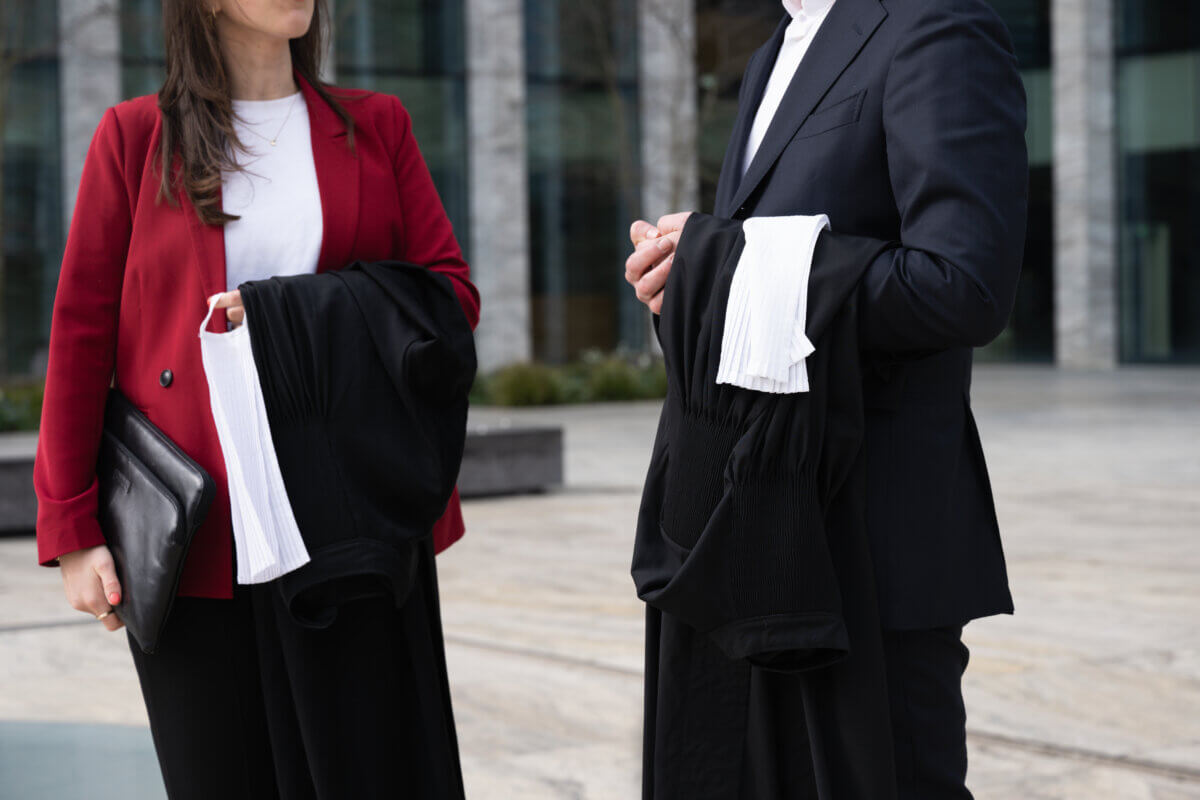The changing landscape for shareholder disputes (Wagevoe)

On 1 January 2025, the Act on the Adjustment of Dispute Resolution and Clarification of Admissibility Requirements in the Inquiry Procedure (Wet aanpassing geschillenregeling en verduidelijking ontvankelijkheidseisen enquêteprocedure: “Wagevoe”) came into force. This legislation fundamentally reforms the framework for shareholder disputes in (non-listed) companies, aiming to resolve such conflicts more effectively and efficiently. Specifically, it facilitates both the forced buy-out of a shareholder (uitstoting) in the event of a dispute and the voluntary exit of a shareholder (uittreding) at an independently determined price.
In this article, we provide an accessible overview of the most significant changes introduced by the Wagevoe. More importantly, we draw lessons from nearly a year of Wagevoe in practice by examining the first judgments under the new legislation to illustrate how these provisions operate in practice.
The central role of the Enterprise Chamber
The dispute resolution regime, including claims for the exclusion of a shareholder (article 2:336a of the Dutch Civil Code, “DCC”) or for the exit of a shareholder (article 2:343 of the DCC), has been transformed from a summons-based civil procedure into a petition procedure. This procedure now falls exclusively within the jurisdiction of the Enterprise Chamber of the Amsterdam Court of Appeal (Ondernemingskamer). Consequently, such petitions can be directed to a single factual instance, with no possibility of appeal – only potential cassation before the Dutch Supreme Court.
The Enterprise Chamber may simultaneously adjudicate related civil claims. This enables other points of contention between shareholders, such as non-compete obligations or outstanding shareholder loans, to be addressed directly in the Chamber’s ruling, rather than through separate proceedings. This integrated approach is intended to allow parties to litigate multiple, but interrelated, disputes more expeditiously before a single court.
New option: combining the dispute resolution regime with inquiry rights
One of the most significant innovations is the possibility to efficiently combine the dispute resolution regime with the inquiry rights under the Dutch Civil Code. This may include, for example, a petition to investigate the management and policies of a legal entity (article 2:345 DCC) or to order interim relief (article 2:349a DCC), such as the appointment of an independent director, the suspension of a director and/or the temporary transfer of shares to a custodian. This enables the Enterprise Chamber to take immediate action within the company pending the long-term resolution of the (shareholder) dispute.
This option combines the best of both worlds by coupling interim measures with a petition for (forced) transfer of shares. The Wagevoe thus allows for the possibility to pursue the buy-out of a dissenting shareholder in conjunction with an inquiry procedure (enquêteprocedure) before the same Enterprise Chamber, often providing a more definitive solution than a protracted investigation.
Illustrative cases under the new regime
The first case since the Wagevoe entered into force – a judgment by the Amsterdam Court of Appeal (Enterprise Chamber) dated 20 March 2025 (ECLI:NL:GHAMS:2025:703) – demonstrates how this new dynamic operates in practice. In that case, a shareholder submitted an inquiry request (enquêteverzoek) due to allegedly improper management. Rather than merely defending against the claim, the other shareholder filed a counter-petition seeking the exclusion of the complaining shareholder, supported by the company. Notably, the original petitioner – possibly under pressure from the Enterprise Chamber – indicated during the hearing a willingness to sell his shares. The parties therefore jointly filed a price determination request (article 2:343c DCC), leaving only the valuation to an expert appointed by the Enterprise Chamber. This approach potentially avoided years of litigation and costly inquiry proceedings.
Another instructive example is the judgment by the Amsterdam Court of Appeal (Enterprise Chamber) of 7 August 2025 (ECLI:NL:GHAMS:2025:2275), in which the relationship between two brothers had become so irreparably strained that continued co-ownership was untenable, harming the company. Although neither party was entirely blameless, only one brother requested the exclusion of the other. The Enterprise Chamber granted the request, appointed an expert to determine the price and temporarily appointed an independent director in the company’s interest. Within a few months, this intervention restored operational stability and provided a long-term solution, allowing the company to continue under one shareholder.
At the same time, it should be emphasized that disrupted relations alone do not justify exclusion. For instance, in the judgment of 19 June 2025 (ECLI:NL:GHAMS:2025:1618), the Enterprise Chamber found that, where improvement remains possible, less intrusive measures are preferable. In that case, the Enterprise Chamber identified opportunities to improve governance and management and therefore did not order exclusion. This underscores the need for case-specific solutions, where subtle differences can lead to materially different outcomes.
Conclusion
The Wagevoe provides valuable tools for the more efficient resolution of shareholder disputes. By centralizing the role of the Enterprise Chamber and introducing new procedural options, disputes can be resolved more quickly and definitively. This benefits the parties involved while enhancing legal certainty and the efficiency of Dutch Corporate Law. However, the Wagevoe does not offer a one-size-fits-all solution and strategic consideration remains essential in each case.
For further information on the Wagevoe or if you are facing a shareholder dispute, please contact Justin Interfurth Alberts, Myrthe Sevinga or one of our other Corporate Litigation specialists.





